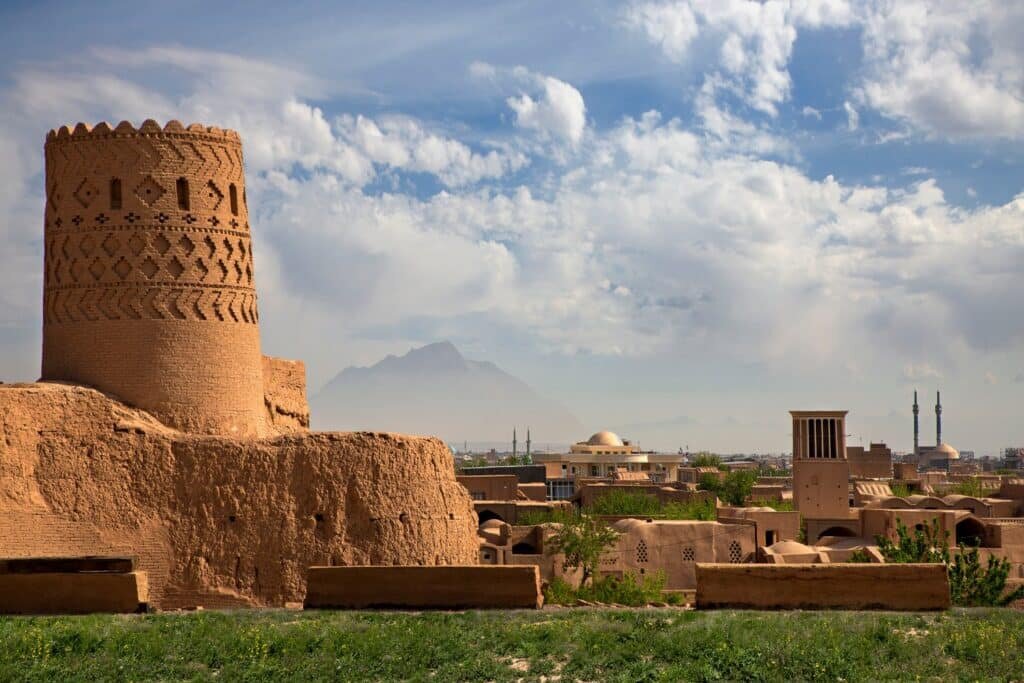Meybod’s Narin Qaleh undergoes emergency restoration

TEHRAN - Emergency restoration has been underway to preserve the historical Narin Qaleh, in Meybod, Yazd, central Iran, addressing recent structural and weather-related damage.
According to local officials, the emergency restoration and protection efforts which have been carried out by the Meybod Research Base, included restoring and reinforcing the eastern wall, securing two towers in this section, inspecting and repairing the moat to address water leakage from nearby qanats, sealing the entrance to the fortification, and conducting emergency repairs and reinforcement of the upper wall of Narin Qaleh and the damaged areas caused by recent rainfall.
Narin Qaleh is one of Iran’s ancient and magnificent structures, dating back to the Sassanian era. Based on the size and thickness of the adobe bricks used in its construction, the northern part of the structure is believed to originate from the Medes and Achaemenid periods.
The citadel spans an irregular oval base over four hectares, with intertwined walls rising high and offering a panoramic view from its peak.
The castle is enclosed within five defensive walls, and outside the outermost wall, a massive moat surrounds the fortress.
The crumbling Narin Castle rises imposingly above the historical core of Meybod in central Iran. Local legend has it that the castle belonged to King Solomon and was built by jinns (spirits), but whatever the original provenance of the castle’s foundations, most of what can be seen today dates from the Sassanian era.
Lying on the Silk Route, the castle was used by soldiers who provided an armed escort for passing caravans, charging a tax for their services, historical sources say.
According to UNESCO, Meybod is a remarkable example of the viability and transmission of human beings’ collective thoughts from different generations to the present one.
“What is significant in the city of Meybod is the regularity of city planning. The anatomy and spatial structure of the city show original plans which conform with the old Iranian city planning.”
Since antiquity, mankind has assumed the need to fortify properties to survive in an ever-changing world of invasion and conquest. Commencing from simple earthworks and wooden walls, fortifications gradually evolved into complex, unconquerable, imposing citadels.
Those strongholds were normally erected and maintained along significant routes and cities, particularly at heights overlooking steep slopes or cliffs. Many of the fortifications of the ancient world were built using mud brick, often leaving them no more than mounds of dirt for today’s archaeologists.
Leave a Comment